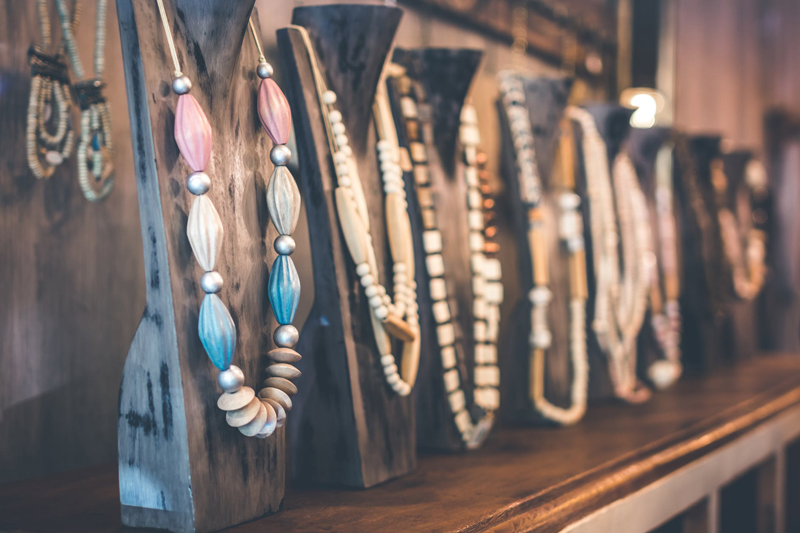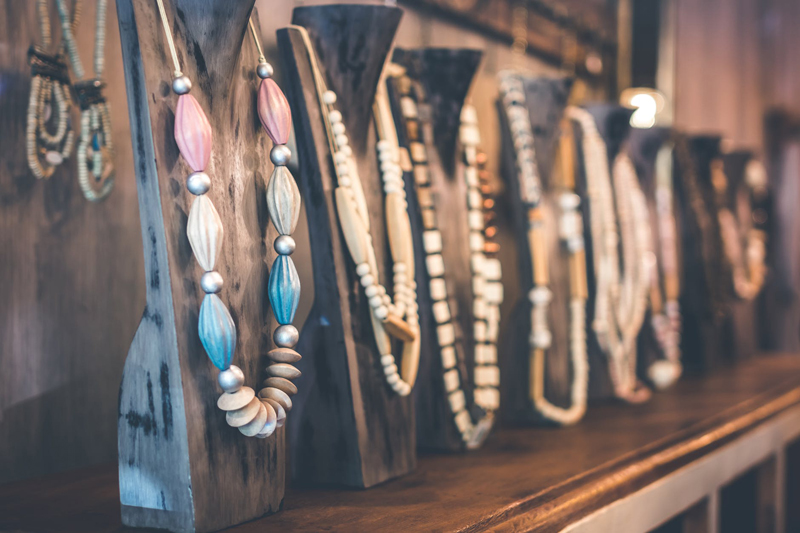California Lead Containing Jewelry Law

 The State of California enacted the Lead-Containing Jewelry Law "to limit the amount of lead in jewelry, including children’s jewelry and body piercing jewelry." (This law is not the same as the California's Prop 65 warning law, which I discuss in a separate article.)
The State of California enacted the Lead-Containing Jewelry Law "to limit the amount of lead in jewelry, including children’s jewelry and body piercing jewelry." (This law is not the same as the California's Prop 65 warning law, which I discuss in a separate article.)
You are subject to this law if you sell jewelry - or jewelry parts, beads, components, or decorative hair accessories - for retail sale (or if you make them for retail sale) in California. The requirements of the law are more strict for children's jewelry and body jewelry than for other jewelry intended for adults.
All Jewelry
The law prohibits the sale of jewelry, or jewelry components, in California that are not made entirely from materials that are included on a special list. That list defines three "classes" of materials that do not contain lead, or only contain lead in trace amounts.
This means that if you sell jewelry, decorated hair accessories, beads, components, or findings in California - from within California or through a catalog or website - you must ensure that your products do not contain any materials that are not "class 1," "class 2," or "class 3" materials under the law. Click here to see the full list of materials in each class (located below the chart).
Children's Jewelry
The law places further restrictions on which materials may be used for "children's jewelry." "Children" are defined as people six years old and younger, and "children's jewelry" includes any jewelry "made for, marketed for use by, or marketed to, children."
If you sell children's jewelry in California, it may only contain:
• nonmetallic class 1 or class 2 materials,
• metallic materials that are either in class 1 or contain less than 0.06 percent lead by weight,
• class 3 materials that contain less than 0.02 percent lead by weight,
• glass or crystal that weighs in total no more than one gram, excluding "any glass or crystal . . . component that contains less than 0.02 . . . lead by weight and has no intentionally added lead," and/or
• printing ink or ceramic glaze with less than 0.06 percent lead by weight.
Body Jewelry
The law defines "body piercing jewelry" as "any part of jewelry that is manufactured or sold for placement in a new piercing or a mucous membrane, but does not include any part of that jewelry that is not placed within a new piercing or a mucous membrane."
If you sell body piercing jewelry in California, it may only contain:
• surgical implant stainless steel,
• surgical implant grade titanium,
• niobium,
• solid 14 karat or higher white or yellow nickel-free gold (not gold-filled or gold-plate),
• solid platinum, and/or
• dense, low-porosity plastic that contains no intentionally added lead.
What this means for jewelry crafters
If you sell jewelry or components in California, you must take the time to make sure you are complying with these requirements. First check the main list, which contains the three classes of no-lead or low-lead materials. If your jewelry contains any materials that are not listed there, then you are prohibited from selling that jewelry in California.
If you can't tell whether a material you use is included in the list, you can try asking the Dept. of Toxic Substances control by sending an email to leadinjewelry@dtsc.ca.gov. You should also ask your supplier for information about the lead content of its products.
One supplier working to help its customers comply with the Lead-Containing Jewelry Law is the wholesaler Rings-n-Things. It is in the process of labeling its products with a "California lead classification." You can see the new labeling in action on this Swarovski crystal product page (these beads are clearly labeled as "Class 1").
Keep in mind that a "class" designation does not necessarily mean that a component may be used in children's jewelry or in body jewelry. For example, you may include crystal in a children's design only if the crystal weighs no more than one gram - or, essentially, if you know that it "contains less than 0.02 . . . lead by weight and has no intentionally added lead."
Also remember that a material that is not listed by name in a class may still be allowable. For example, "pewter" is not listed, but "unplated metals" containing less than 1.5% lead are listed in class 2, so pewter that contains less than 1.5% lead should be allowable for most adult jewelry - but not necessarily for children's jewelry (unless it contains "less than 0.06 percent lead by weight"), and never for body piercing jewelry.
If I've left you still feeling confused about this law or Prop 65, or if you have questions or suggestions of your own, please post in the Jewelry Making Forum.
Browse for lead free pewter on eBay
Chris Franchetti Michaels is a writer and jewelry artisan specializing in beaded designs, wire work, and metal fabrication. She is the author of the books Teach Yourself Visually: Jewelry Making and Beading, Beading Quick Tips, and Wire Jewelry Quick Tips. Visit her website BeadJewelry.net for more jewelry-making help and inspiration.
You Should Also Read:
Jewelry Making and Prop 65
Is Polymer Clay Toxic?
Labeling Jewelry Made in USA

Related Articles
Editor's Picks Articles
Top Ten Articles
Previous Features
Site Map
Content copyright © 2023 by Chris Franchetti Michaels. All rights reserved.
This content was written by Chris Franchetti Michaels. If you wish to use this content in any manner, you need written permission. Contact Susan Mendenhall for details.



